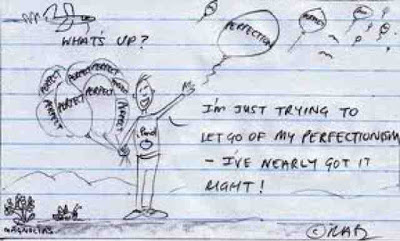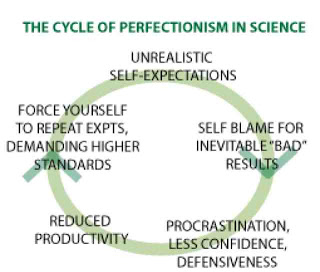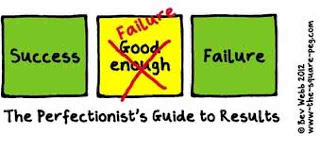08 May Perfectionism
Posted at 18:12h
in Uncategorized
Perfectionism is a trait many can recognize in themselves. Sometimes it can move you in a positive direction, at other times and in some, it takes over, becoming more an obstacle for movement and simply being content with own effort. Some people mistake this contentment as the opposite of striving for achievement. It is not necessarily an antonym. Contentment is more a quality of appreciation, where you can practice gratefulness and metta (lovingkindness) towards yourself.
Showing yourself gratitude, understanding, and patience are some of the few steps in embracing compassion, and moving into the realm of equanimity.
In yoga practice, perfectionism is expressed in various ways. Like in the striving for perfect alignment of a posture, often secluded as ‘i understand better how to do it when i know exactly how it should be’, or ‘I’m struggling with my meditation, cannot seem to stop my thoughts’, or ‘When I can do this or that posture, I’ll have integrity in my practice’, and so forth. Perfectionism is disguised in many forms, and the consequences are on the expense of change, and ability to move beyond your comfort zone. More on this another time.
Pulling this thread a bit far, we can connect how we approach our practice to our identity. We strive for an expectation or image that is constructed, thus not merging from the felt (read: de-constructed) reality within. The illusion of how the world, and we should be, or how we ought to look or assume in our yoga practice, will be yet another obstacle, or simply another illustration of that pattern in our mind that hinder us tapping into the ‘simple version of ourselves’. And like this, the ‘spiritual liberation’ or enlightenment suddenly becomes a little more reality oriented (cause we do indeed live in this reality;) ). Transcending the mind, as stated goal of yoga, encompass the process of looking deeply into yourself. First encountering the manifestations of your conditioned mind. Then as you practice, you encounter them again, and again, and again, etc. They take new forms and shapes, expressed in new disguised illustrations. And what do you do? You look at them, observe them, again and again, and again, and again.
Coming to yoga to relax? Starting meditation to find peace in your life? Well, you’ll perhaps find some of that. And, you’ll also be confronted with all aspects within that led you to needing relaxation and peace in the first place. So to connect with the very generalized harmony aspect, the acknowledgement of all sides you encounter are necessary. Cause as we know, purusha (soul or self) and prakriti (material nature) cannot be differentiated without each other (Samkhya school of Indian philosophy). Or to put it in normal terms, can happiness truly be understood without sadness? Can contentment be acknowledged without the experience of dissatisfaction? Can the striving for perfection be dropped without experiencing failure?
What do you think?







